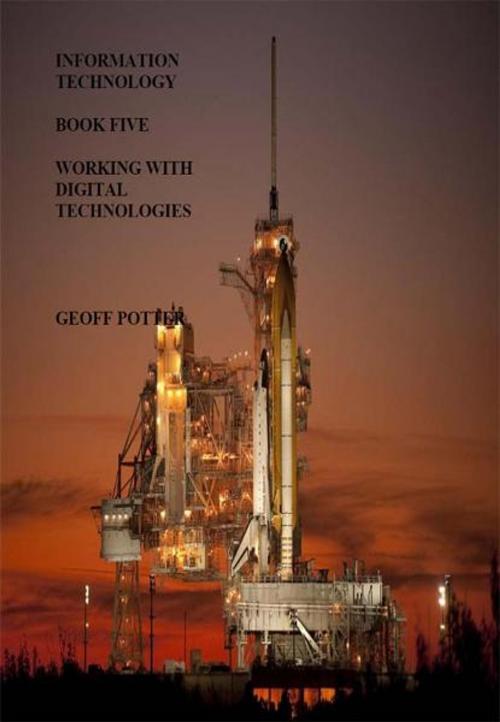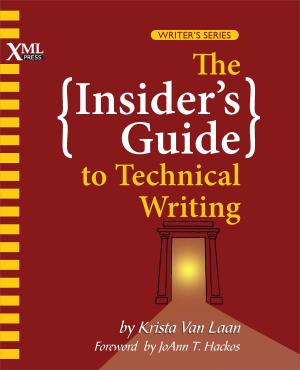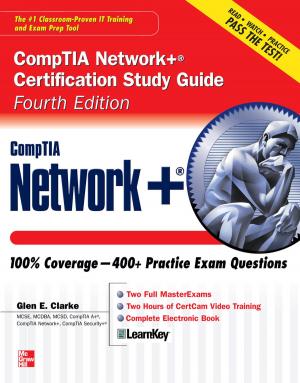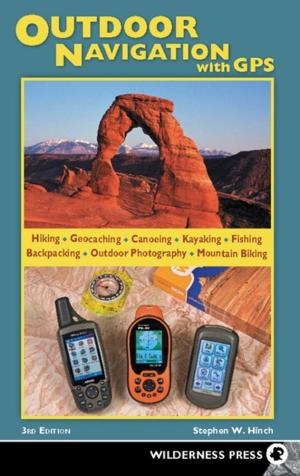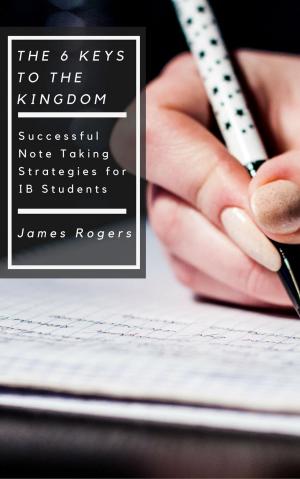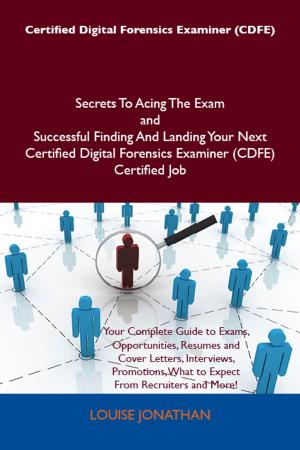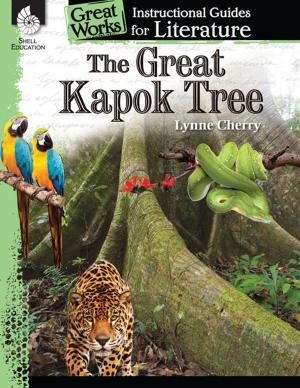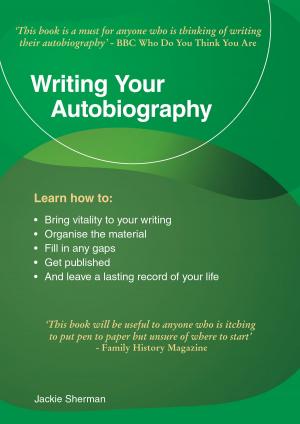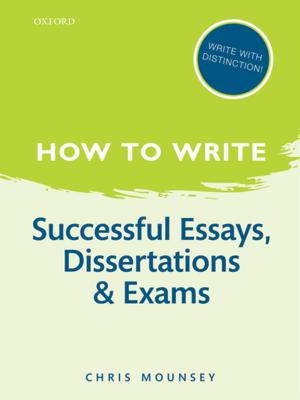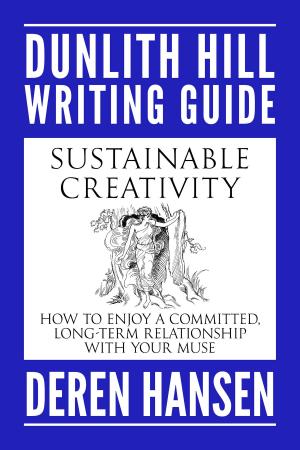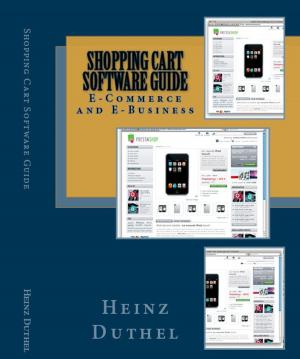Working With Digital Technologies
Nonfiction, Computers, Application Software, Educational Software, Computer Hardware, Personal Computers, General Computing, Skills| Author: | Potter, Geoff | ISBN: | 9780986744044 |
| Publisher: | ITCA Digital Education Systems | Publication: | September 1, 2012 |
| Imprint: | Language: | English |
| Author: | Potter, Geoff |
| ISBN: | 9780986744044 |
| Publisher: | ITCA Digital Education Systems |
| Publication: | September 1, 2012 |
| Imprint: | |
| Language: | English |
This is the fifth book in a series of ten electronic books designed to educate young children and school-age students about information technologies and the digital world they live in.Who will benefit from this book? This book is most suitable for young people in their middle grade levels. It is also very helpful for teachers introducing ICT or integrating it into the curriculum.Contents: Book Five comprises six modules: Module 1: Apps. This module introduces students to the world of apps, including how to create them. Unit One: Understanding Apps. Module 2: Windows 7.This module enables the student to learn how to work with Windows 7. Unit One: Working with Windows 7. Module 3: Saving and Using Information. This module helps students to save, retrieve and use information with a computer. Students can explore both traditional and electronic information storage and retrieval systems. Unit One: Traditional Information Storage Systems.Unit Two: How Do I Store Digital Information? Unit Three: How Do I Store Information?Unit Four: Let's Access Information.Module 4: Controlling Devices: How Things Work. This module helps students to discover ways to use a computer to control devices and external objects with a computer. Web Quest: Can Technology Help: Indie Music? Unit One: How Do We Work With A Machine? Web Quest: Becoming Inventors. Unit Two: How Do We Observe And Analyze? Module 5: How A Computer Works. This module enables students to learn about the component parts and integrated functions of a computer and how they can be used. Emphasis is on acquiring skills with the Internet and information presentation. Unit One: How Do We Identify And Classify Information Technologies? Unit Two: Let's Present Information.Module 6: Working With Moving Images. The theme of this module is that the student will learn how to enjoy working with creative and animated technologies such as Flash and Mandelbrot sets. Unit One: Working with Flash. Unit Two: The Mandelbrot Set. The book is colorful, creative and contains many challenges and activities designed to help young students understand how digital technologies work and how they may efficiently use them to learn and communicate. Most of the recommended software is Open Source. The book also contains an integrated Continuous Assessment process which may be of value in some educational environments. Modules at each level are divided into skills and knowledge-focused units. At the end of each unit students may describe what they have learned and their parent or teacher may award points for each item covered. Marks may be accumulated throughout the school year. A grade based upon the total points accumulated may be awarded at any time during the year. There are no tests or examinations in this program. What are the intended uses of this book? 1.This book is designed to support both teachers and students in existing ICT curricula and may be useful in areas such as Science, Language Arts, Mathematics and the Arts. 2.The book supports public and private education systems instruction and skills training programs to ensure that young people possess the knowledge and skills to function in a digital society, and ultimately to prepare them for entry into higher education and an increasingly digital and computer-based workforce. 3. Students and parents may use the book for home schooling use in support of study projects and personal skills development.
This is the fifth book in a series of ten electronic books designed to educate young children and school-age students about information technologies and the digital world they live in.Who will benefit from this book? This book is most suitable for young people in their middle grade levels. It is also very helpful for teachers introducing ICT or integrating it into the curriculum.Contents: Book Five comprises six modules: Module 1: Apps. This module introduces students to the world of apps, including how to create them. Unit One: Understanding Apps. Module 2: Windows 7.This module enables the student to learn how to work with Windows 7. Unit One: Working with Windows 7. Module 3: Saving and Using Information. This module helps students to save, retrieve and use information with a computer. Students can explore both traditional and electronic information storage and retrieval systems. Unit One: Traditional Information Storage Systems.Unit Two: How Do I Store Digital Information? Unit Three: How Do I Store Information?Unit Four: Let's Access Information.Module 4: Controlling Devices: How Things Work. This module helps students to discover ways to use a computer to control devices and external objects with a computer. Web Quest: Can Technology Help: Indie Music? Unit One: How Do We Work With A Machine? Web Quest: Becoming Inventors. Unit Two: How Do We Observe And Analyze? Module 5: How A Computer Works. This module enables students to learn about the component parts and integrated functions of a computer and how they can be used. Emphasis is on acquiring skills with the Internet and information presentation. Unit One: How Do We Identify And Classify Information Technologies? Unit Two: Let's Present Information.Module 6: Working With Moving Images. The theme of this module is that the student will learn how to enjoy working with creative and animated technologies such as Flash and Mandelbrot sets. Unit One: Working with Flash. Unit Two: The Mandelbrot Set. The book is colorful, creative and contains many challenges and activities designed to help young students understand how digital technologies work and how they may efficiently use them to learn and communicate. Most of the recommended software is Open Source. The book also contains an integrated Continuous Assessment process which may be of value in some educational environments. Modules at each level are divided into skills and knowledge-focused units. At the end of each unit students may describe what they have learned and their parent or teacher may award points for each item covered. Marks may be accumulated throughout the school year. A grade based upon the total points accumulated may be awarded at any time during the year. There are no tests or examinations in this program. What are the intended uses of this book? 1.This book is designed to support both teachers and students in existing ICT curricula and may be useful in areas such as Science, Language Arts, Mathematics and the Arts. 2.The book supports public and private education systems instruction and skills training programs to ensure that young people possess the knowledge and skills to function in a digital society, and ultimately to prepare them for entry into higher education and an increasingly digital and computer-based workforce. 3. Students and parents may use the book for home schooling use in support of study projects and personal skills development.
